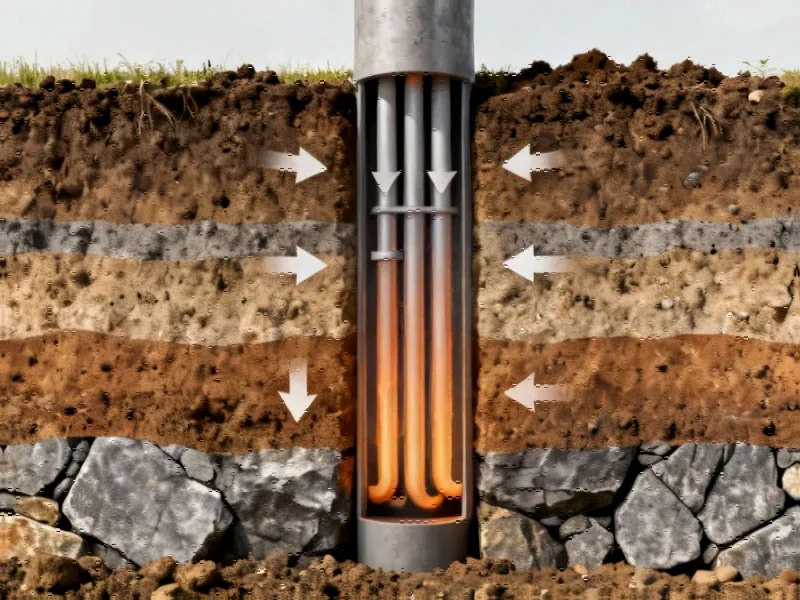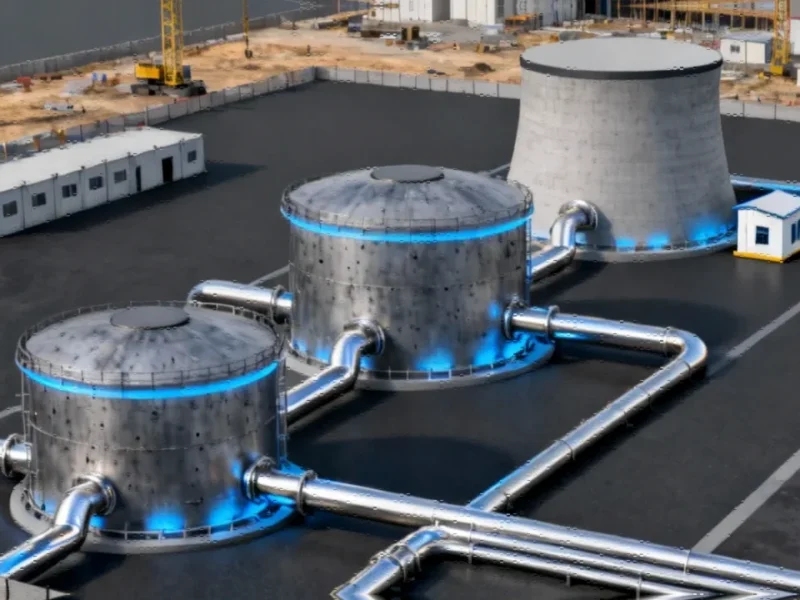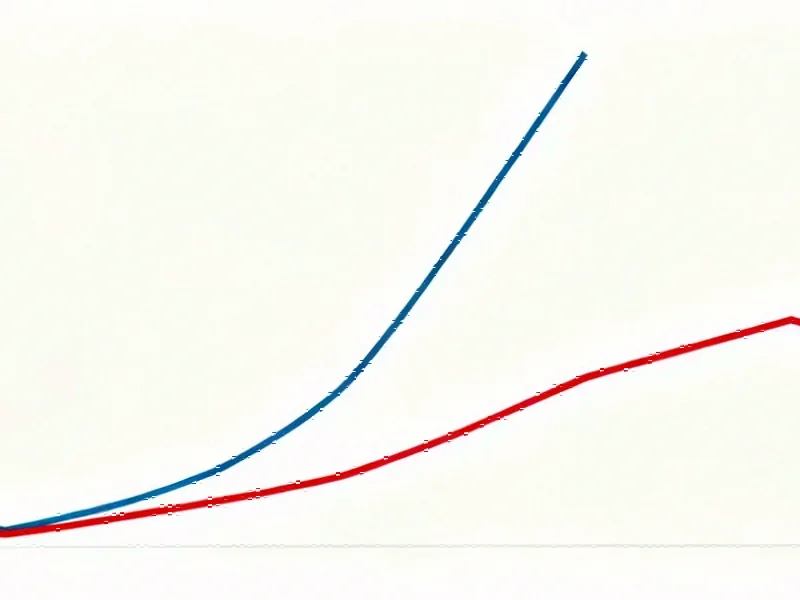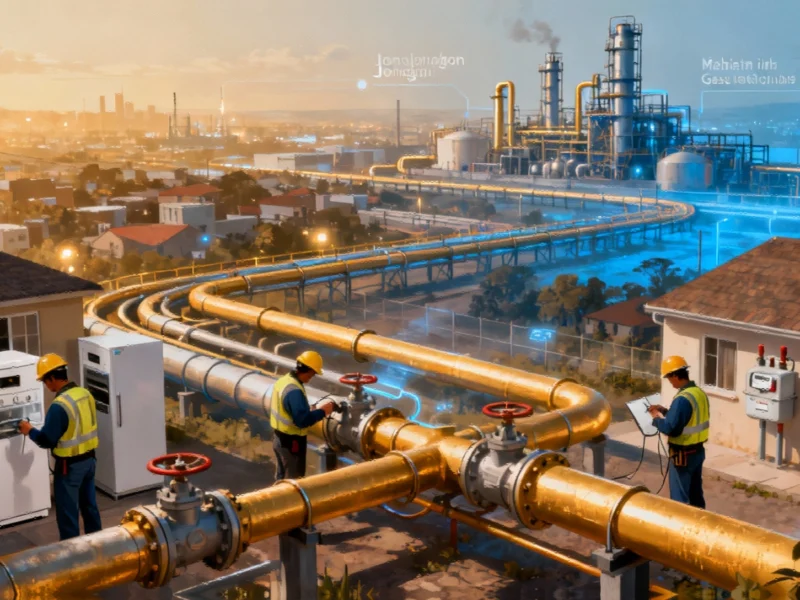TITLE: Advanced Geothermal Trench Collector Data Reveals Subsurface Thermal Dynamics
Comprehensive Thermal Response Testing Methodology
Researchers have published four extensive datasets documenting the thermal behavior of geothermal planar trench collectors, providing unprecedented insight into subsurface temperature dynamics. The datasets span from April 2022 to May 2024 and include both heating and cooling experiments conducted under controlled conditions. These findings come at a time when groundbreaking geothermal trench collector data is reshaping our understanding of renewable energy systems.
The experimental setup employed a sophisticated monitoring system using PT 100 resistance temperature detectors (RTDs) calibrated to exceptional precision. The measurement methodology followed rigorous German industrial standards, initially adhering to DIN 43760 before transitioning to DIN EN IEC 60751 2023-06. This attention to measurement accuracy reflects the growing importance of precision data collection in industrial applications.
Detailed Experimental Timeline and Parameters
The first thermal response test commenced on April 28, 2022, with initial fluid circulation without heating for 12 minutes. The system then maintained constant heat injection at 0.88 kW (105 W/m²) with a volume flow of 1.00 m³/h for five days, resulting in fluid temperature increases to approximately 27°C. This dataset provides baseline understanding of thermal behavior that complements industry developments in energy infrastructure.
The second and third datasets from February 2023 and April 2023 respectively featured higher heat injection rates of 1.51 kW and 1.54 kW with reduced volume flow of 0.88 m³/h. These experiments demonstrated the system’s capacity to handle varying thermal loads, information crucial for advanced thermal management systems across multiple industries.
Innovative Cooling Experiment and Technical Challenges
The fourth dataset marked a significant departure from previous tests, documenting a cooling experiment where heat was extracted from the ground at approximately -0.7 kW. This experiment encountered technical challenges when the compressor ceased operation on May 11, 2024, though continued fluid circulation at 0.35 m³/h provided valuable data about system failure modes. Such technical insights are valuable for professionals monitoring self-hosted media systems and other distributed computing applications.
Advanced Sensor Deployment and Calibration Techniques
The research employed an extensive network of temperature monitoring equipment, including:
- PT 100 sensors attached directly to collector plates
- Fiber-optic cables integrated into structural steel mats
- Thermistors within moisture sensors
- Additional PT 100 sensors rammed into subsurface at multiple depths
The calibration process demonstrated exceptional precision, using a LAUDA ecoline/staredition RE 212 cooling thermostat across a range of -5°C to 30°C. Each calibration point recorded ten measurements, with a high-precision PHYSICS 1000 thermometer serving as the calibration standard. This meticulous approach to sensor calibration represents the kind of precision seen in recent technology breakthroughs in measurement systems.
Measurement Technology and Data Processing
The research utilized four-wire RTD technology to eliminate measurement errors from lead resistance. The system employed a constant 1 mA current generator and digital voltage meter to calculate resistance through Ohm’s Law. Temperature conversion employed the numerical Newton-Raphson method, with different equations applied above and below 0°C to ensure accuracy across the entire measurement range.
The published datasets include fully calibrated temperature values, with calibration functions determined through linear regression. The supplementary materials provide comprehensive documentation of gain and offset values for each sensor, along with uncertainty calculations following JCGM 100:2008 standards. This level of data transparency sets new benchmarks for data protection and quality standards in industrial research.
Research Implications and Future Applications
This comprehensive data collection provides invaluable insights for geothermal system design and optimization. The detailed documentation of thermal behavior during both heating and cooling operations, combined with precise sensor positioning data, creates a robust foundation for future geothermal energy projects. The research methodology establishes new standards for data collection in subsurface thermal studies, contributing significantly to our understanding of market trends in renewable energy infrastructure.
The published datasets represent a significant contribution to the geothermal energy field, providing researchers and engineers with high-quality experimental data for model validation and system design. As the industry continues to evolve, this research will undoubtedly influence future related innovations in thermal management and energy harvesting technologies.
This article aggregates information from publicly available sources. All trademarks and copyrights belong to their respective owners.
Note: Featured image is for illustrative purposes only and does not represent any specific product, service, or entity mentioned in this article.



